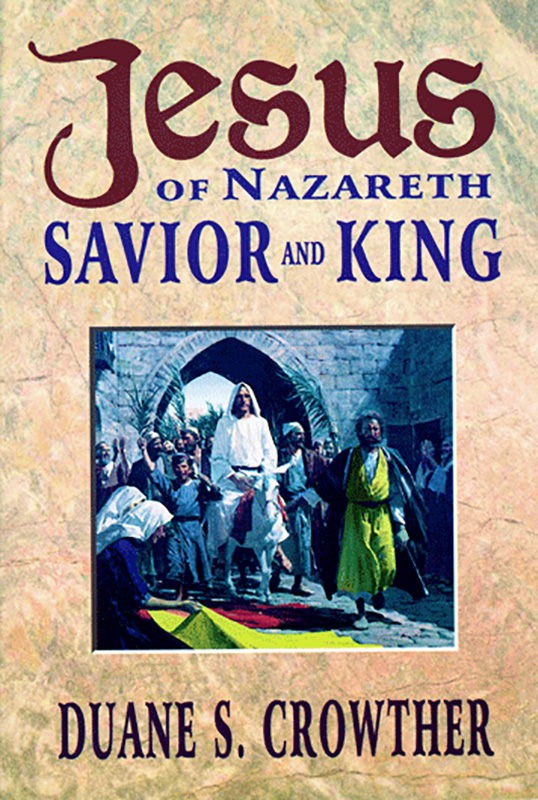What Is a Miracle?
For authoritative definitions of the term, we turn to Webster’s Collegiate Dictionary, which says: “1. An extraordinary event manifesting divine intervention in human affairs; 2. An extremely outstanding or unusual event, thing, or accomplishment; 3. A divinely natural phenomenon experienced humanly as the fulfillment of spiritual law.” It also says that a miracle is “a wonder,” and “a marvel”.
How Jesus’ New Testament Miracles Officially Began
Early in his ministry, Jesus went to his synagogue in Nazareth where he “went into the synagogue on the sabbath day, and stood up for to read. And there was delivered unto him the book of the prophet Esaias [Isaiah], he found the place where it was written, The Spirit of the Lord is upon me, because he hath anointed me to preach the gospel two the poor; hath sent me to heal the broken-hearted, to preach deliverance to the captives, and recovering of sight to the blind, to set at liberty them that are bruised, To preach the acceptable year of the Lord” (Isaiah 61:1-3). When he finished reading he closed the book and announced to the congregation, “This day is this scripture fulfilled in your ears” (Luke 4:16-21).
Thus He announced the beginning of His healing ministry, which included dozens of healing and other miraculous experiences.
A Chronological List of Christ’s Miracles

For numerous examples of divinely performed miracles, we turn to the four gospels in the New Testament. From them the accompanying list of 50 of his recorded miracles has been compiled. It is presented here in chronological order.
Surely, the reading of the glorious miracles Jesus worked in his day can strengthen the faith, understanding, and hope that miracles can also be performed in these last days—directly by God and by His authorized Priesthood holders. Remember—“with God nothing shall be impossible” (Luke 1:37).
The periods and event numbers correspond to the author’s book, Jesus of Nazereth, Savior and King.

